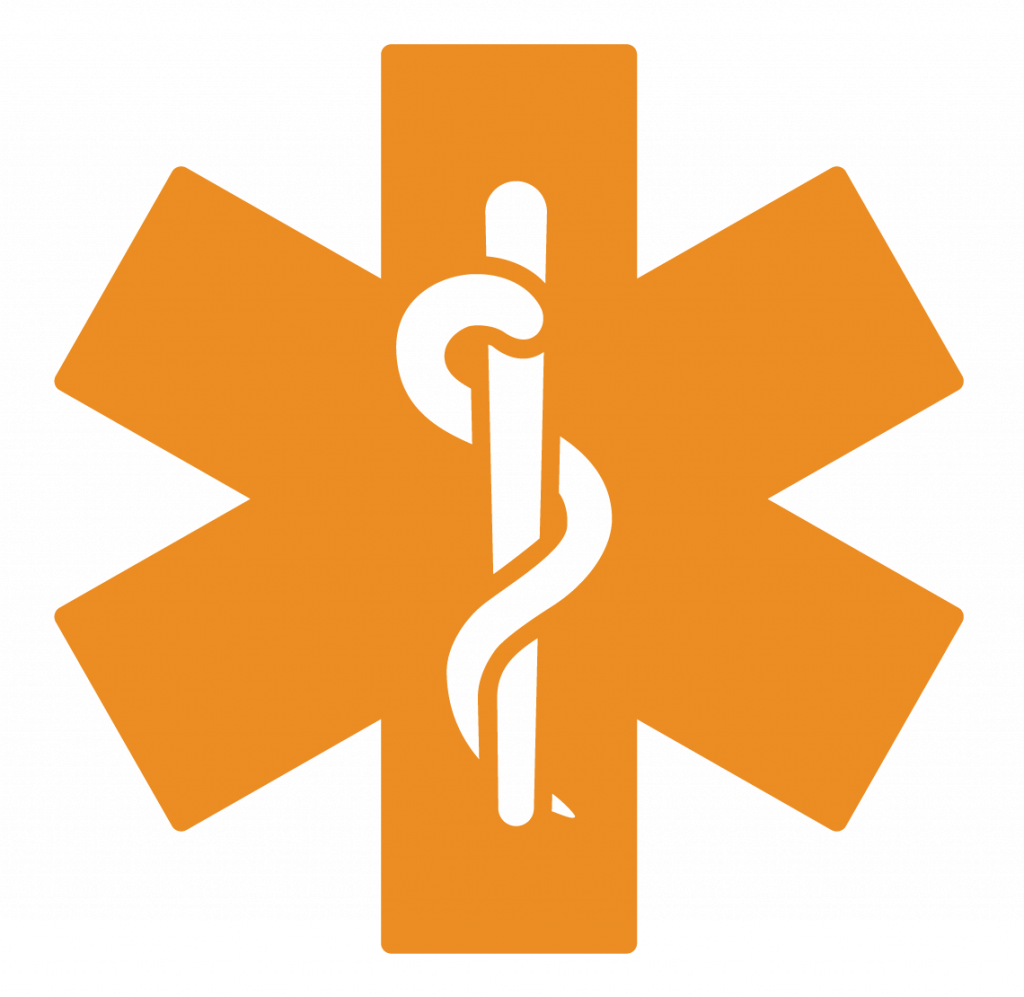To Buy Valtrex Online Visit Our Pharmacy ↓
 Valtrex and Cold Sores: How Effective Is the Treatment?
Valtrex and Cold Sores: How Effective Is the Treatment?
Understanding Valtrex: What It Is and How It Works
Valtrex, also known as valacyclovir, is a prescription antiviral medication that plays a pivotal role in combating viral infections, particularly those caused by the herpes simplex virus (HSV). Upon ingestion, Valtrex is swiftly converted into acyclovir in the body, which then targets the replication process of viral DNA. By inhibiting the enzyme DNA polymerase, Valtrex effectively disrupts the proliferation of the virus, curbing its ability to multiply and cause more extensive outbreaks.
| Key Features | Details |
|---|---|
| Medication Type | Antiviral |
| Active Ingredient | Valacyclovir |
| Function | Inhibits viral DNA replication |
Through this targeted action, Valtrex becomes a powerful ally in managing cold sores, not only alleviating symptoms but also shortening the duration of outbreaks.
The Science Behind Cold Sores and Their Triggers

Cold sores, commonly triggered by the herpes simplex virus (HSV-1), manifest as painful blisters often around the lips and face. These outbreaks are activated by various factors, including stress, illness, fatigue, sun exposure, or hormonal changes. When the immune system is compromised or under stress, the dormant virus reactivates, leading to sores. Understanding these triggers is crucial in managing outbreaks. Herein lies the value of Valtrex. As an antiviral medication, Valtrex targets the replication of the virus, diminishing its spread and impact. By curbing viral activity, Valtrex can effectively reduce the duration and severity of cold sore episodes, providing relief and faster recovery.
Valtrex's Role in Reducing Cold Sore Duration
When it comes to battling cold sores, valtrex emerges as a formidable ally. Its primary function is to inhibit the replication of the herpes simplex virus, which is responsible for these unpleasant outbreaks. By targeting the virus at a molecular level, valtrex can significantly reduce the duration of cold sore symptoms.
Patients often report faster healing when starting valtrex treatment at the first sign of an outbreak. Quick absorption and rapid action mean fewer days spent dealing with discomfort and more time free from blemishes.
Clinical studies have shown that consistent use of valtrex can cut the healing time by up to two days, providing significant relief. This shortened healing period not only enhances comfort but also minimizes the emotional stress often associated with visible cold sores. Valtrex thus stands out as an effective choice in the management of cold sore flare-ups.
Comparing Valtrex to Alternative Cold Sore Treatments

Valtrex, a well-known antiviral medication, is often compared to other cold sore treatments like topical creams and natural remedies. While creams provide a short-lived relief by numbing the lesion area, Valtrex works at the DNA level of the herpes virus, preventing it from multiplying and thus potentially shortening outbreak duration more effectively. Natural remedies such as lysine supplements or essential oils may offer some benefits, yet lack substantial scientific backing for consistent results. When evaluating effectiveness, Valtrex proves to be a potent option, providing a more targeted and systemic approach than topical solutions or the inconsistent efficacy of natural treatments.
Dosage and Timing: Optimizing Valtrex's Effectiveness
When it comes to maximizing the effectiveness of Valtrex, timing and dosage play crucial roles. The antiviral medication is most effective when taken at the first sign of a cold sore outbreak, typically characterized by a tingling or itching sensation. Starting treatment promptly allows Valtrex to inhibit viral replication, potentially reducing both the severity and duration of the outbreak.
| Dosage Schedule | Recommended Usage | |------------------|-------------------| | Initial Dose | Take 2 grams at the first sign of outbreak | | Follow-Up Dose | Take another 2 grams 12 hours later |
Always consult a healthcare provider to tailor the dosage based on individual health needs, ensuring maximum efficacy while minimizing potential side effects.
Potential Side Effects and Safety Considerations
When considering treatment options, it's crucial to be aware of potential side effects and safety concerns associated with Valtrex. Common side effects include headache, nausea, and dizziness, which are generally mild but can be bothersome. In rare cases, more serious issues like kidney problems or liver issues may occur, especially in individuals with pre-existing conditions. Monitoring your health and discussing any changes with your doctor can help manage these risks effectively. Staying informed ensures that you make the best decisions regarding your treatment journey.
For more detailed insights, visit these resources: National Center for Biotechnology Information and Mayo Clinic.












